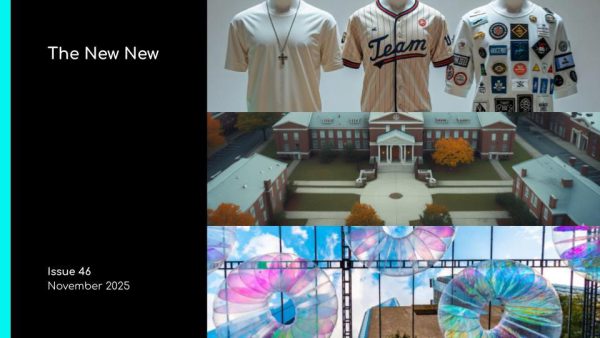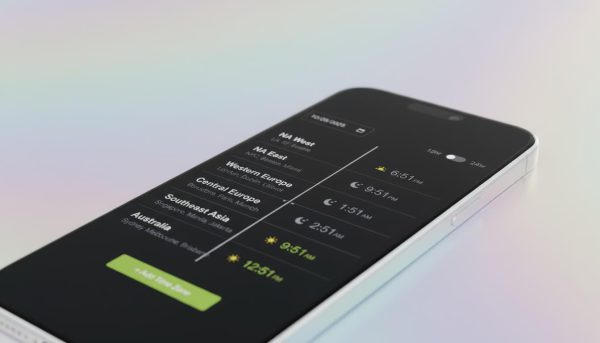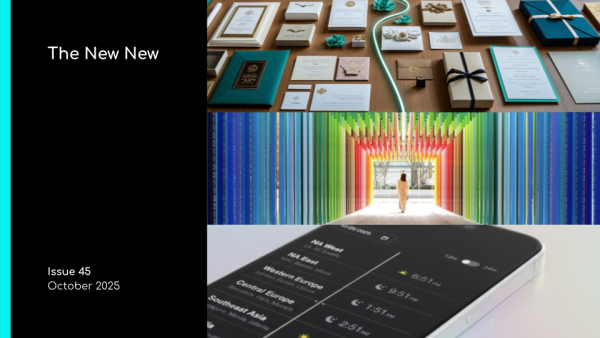The next evolution of multisensory events will focus on an unlikely sensation… pain.

Theme parks play on our emotions through the senses. There are the sounds of roaring rides, the vibrations, the wind in your hair, the smells, and tastes, and then, there’s the pain. As much as that triple looping rollercoaster is exciting, it’s scary. Painful. But it’s the equal parts terrifying and exciting that make it a memorable ride and trip experience, overall. Now take that concept and inject it into an event strategy.
Marketers have leveraged pain points for decades as a way to give their consumers what they need at the right time and in the right place, thus building brand affinity. Marketers typically haven’t been in the business of inflicting pain. Now, some are experimenting with the concept. Take the psychological “pain” of FOMO, or “fear of missing out.” Remember all those queue lines that formed around VR headset activations a couple years ago—where’d you wait an hour and take photos of others wearing the headset, and then, experience the release of being able to view the content? Or, taking lines a step further, consider how South by Southwest and C2 Montréal always serve up sessions that require an early start to get a seat—and often, there’s never enough of them. The line concept gives an event experience exclusivity and through the pain of waiting, and even missing out, attendees are thirsty for more. It’s the getting past the pain and doing something other people aren’t able to do that has the most impact.
C2, in fact, is famous for leveraging pain, beyond the lines. “Our goal is to shift the attendees from being spectators to being actors,” Antoine Roy-Larouche, director-collaborative experiences, says in a blog post. “C2 is about living something that will transform you.” He went on to describe the different ways the conference gets attendees out of their comfort zones and, sometimes, into painful situations, like this year in suspended meetings up in the air, or, in 2014, a ball pit where attendees submerged themselves up to their shoulders while wearing a blindfold to brainstorm on questions posed by a mystery person. After the initial, awkward pain of not knowing who’s around them, attendees ended up experiencing the satisfaction of being able to “speak freely.”
In the consumer event space, pain has helped transform mundane experiences into memorable ones through stunts. Take The North Face in South Korea, famous for its viral stunts that send unsuspecting consumers through breakaway walls and down a zip-line course, or into a pop-up boutique that automatically loses its floor, requiring them to climb and leap for a jacket. In March, Comcast Xfinity rewarded a couple of unsuspecting fans of the “The Fast and the Furious” franchise with an unexpected stunt ride through an obstacle course similar to one in the latest movie, “The Fate of the Furious”—when they thought they were simply attending a drive-in premiere.
While audiences may endure psychological pain initially, the result is exhilaration and the satisfaction of completing a mission.
It’s a recipe worth watching across the event landscape.





